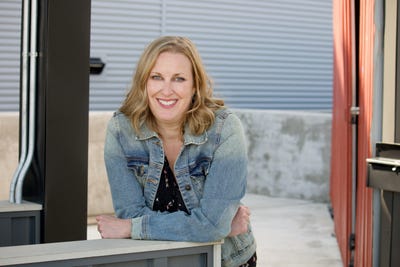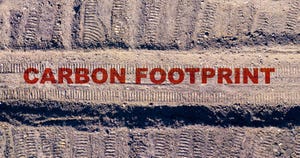Cost of “free” coffee a wakeup callCost of “free” coffee a wakeup call
The common practice of offering complimentary coffee throughout a healthcare facility involves costs and lost revenue that can keep the foodservice department up at night. Here’s how one hospital found a solution.
It’s not uncommon to hear about healthcare organizations focusing on austerity, running lean, tightening belts and any other phrases that mean all the departments—including foodservice—must keep a close eye on money.
When creating budgets and looking at spending and revenue, foodservice directors at hospitals are dealing with a cost that isn’t often talked about—complimentary coffee. It’s almost a taboo subject, when you think of all the coffee addicts out there.
It’s a fact of life: A coffee urn or kiosk or pod machine that’s a free-for-all for visitors (and sometimes staff as well) is a common courtesy in many parts of a hospital from waiting rooms to off-site practices to reception areas and lobbies. But how much is it costing you? And how can you address the issue?
“Foodservice operators in healthcare often struggle with the costs of free services provided within their organizations,” says David Reeves, MBA, director of hospitality services at Edward-Elmhurst Health in Elmhurst, Ill.
Reeves manages Elmhurst Hospital, a 259-bed community hospital where free coffee had been taking a big gulp out of his budget until he found a solution about five years ago.
“We had routinely provided free coffee and the annual costs to provide this service was in excess of $40,000 per year,” Reeves says. “It’s astonishing.”
And that’s not all: “If we factored in the lost sales in our retail operations, the impact would have been well over $100,000,” Reeves adds.
When budget meetings took place, Reeves says he would regularly present the free coffee service as a cost reduction. Each and every time, he was shut down.
Realizing it was “highly unlikely to ever be successful in eliminating this service,” Reeves says he and his team developed a creative approach that addressed the issue and at the same time actually enhanced the offerings.
The solution is vouchers, which replace free coffee machines. The paper vouchers are redeemable for a free 8-ounce coffee or fountain soda or 10 percent off any other beverage purchase.
The vouchers are distributed to areas where the coffee machines had been, and staff members can also hand out vouchers.
When Reeves broached the topic with administration, the voucher idea went over well, and he got the go-ahead in 2011. As time has gone on, the vouchers have actually added more sales to the café by getting more people in the door, Reeves says, with the majority of vouchers being used resulting in additional purchases.
The option of a free fountain drink is seen as a value-add as well.
“Our senior management team supported this and really found value in the fact that we offered something additional for the non-coffee drinkers,” he says. “And it resulted in additional volume to the café, as customers will routinely purchase something additional.”
While he’d recommend this route to any hospital, Reeves cautions “it’s not the easiest thing to convince your administration, so that’s why I had to be more creative in showing the value of something like this.”
About the Author
You May Also Like




.jpg?width=300&auto=webp&quality=80&disable=upscale)

